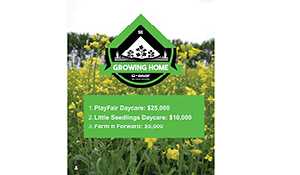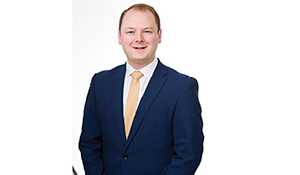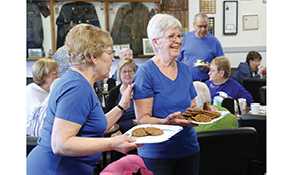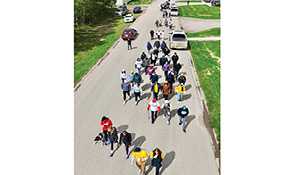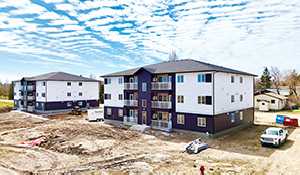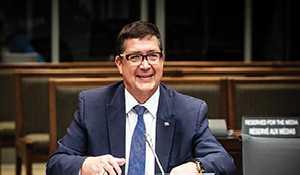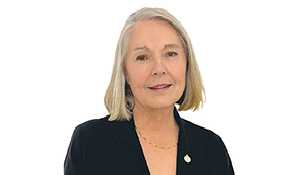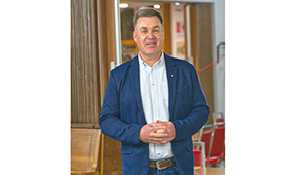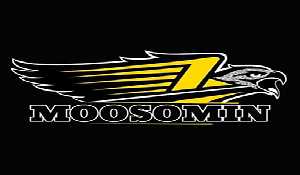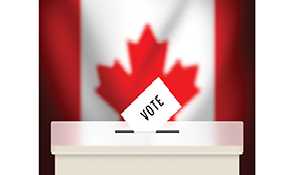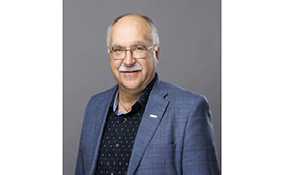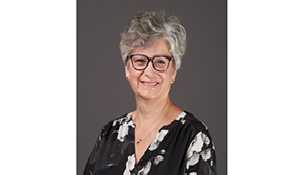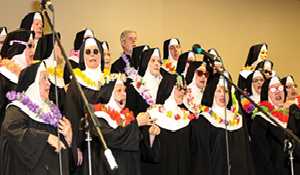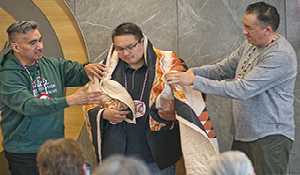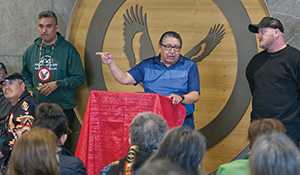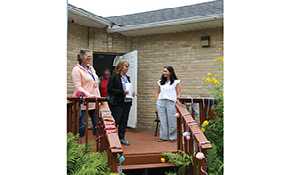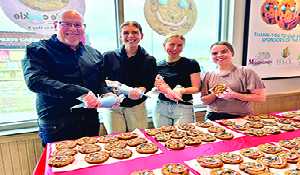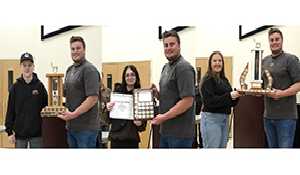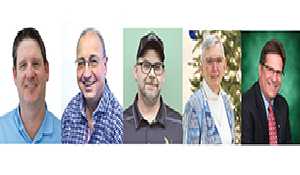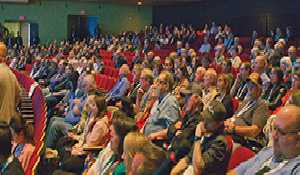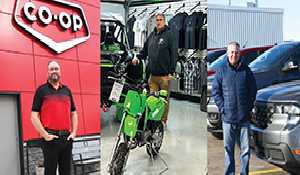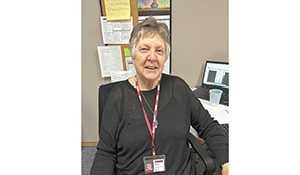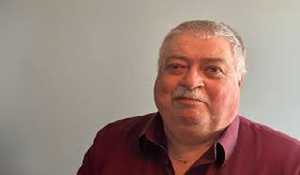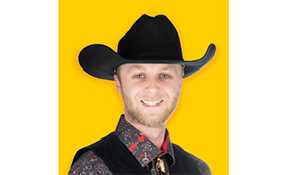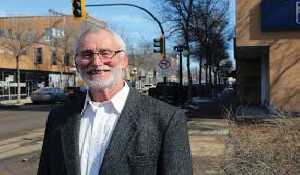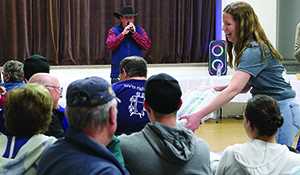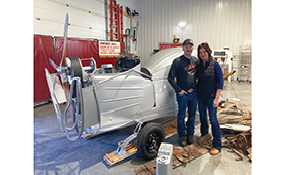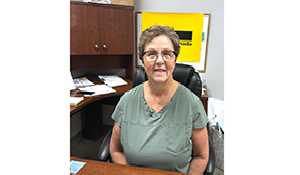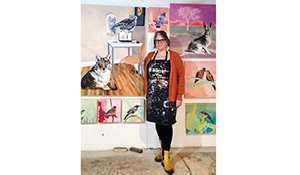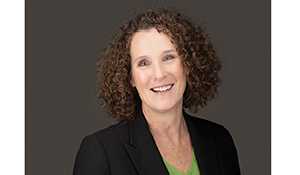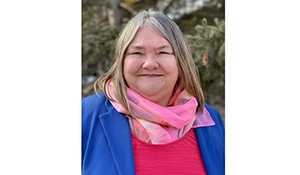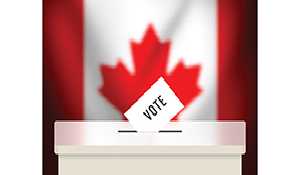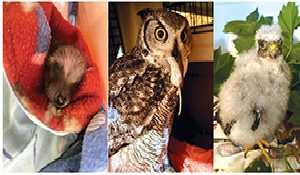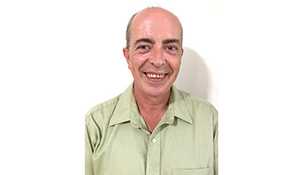U of R student delving into Augmented Reality
Kadence Meredith’s creative technology project part of FROST festival
February 18, 2025, 11:28 am
Ashley Bochek
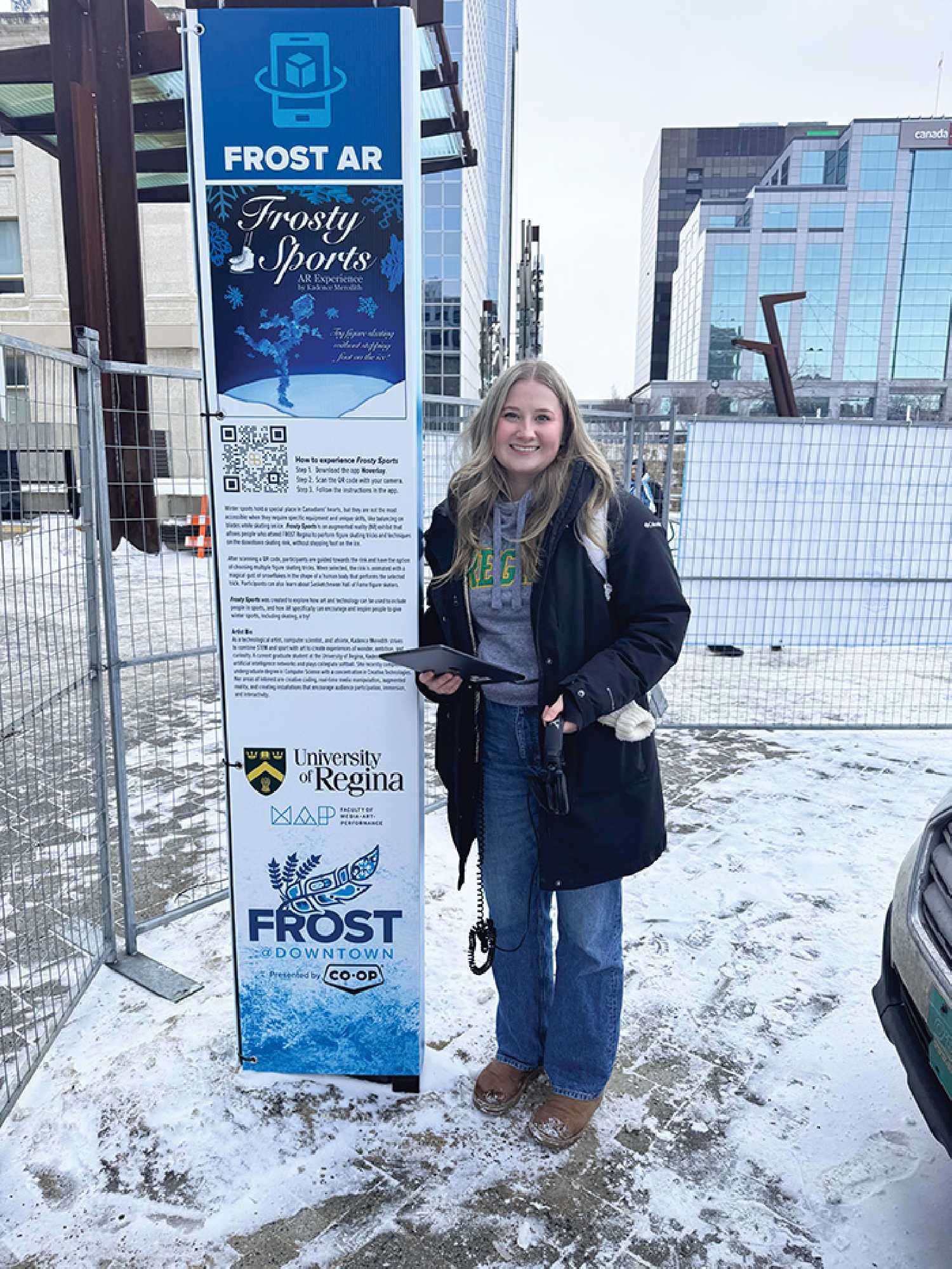

Moosomin’s Kadence Meredith combined techology, creativity, and sports to create a unique Augmented Reality experience for people attending the FROST festival in Regina this winter.
Meredith is a graduate student in computer science at the University of Regina, pursuing her master’s degree.
In the AR experience, people could watch a gust of magical snowflakes perform figure skating tricks on the downtown skating rink and learn about Saskatchewan Sports Hall of Fame figure skaters.
Meredith recently completed her Bachelor’s degree in Computer Science with a concentration in Creative Technologies. Her areas of interest are creative coding, real-time media manipulation, augmented reality, and creating installations that encourage audience participation, immersion, and interactivity.
Following is an interview with Meredith about the project:
Tell me a little about yourself and what brought you to the University of Regina.
I grew up in Moosomin and moved to Regina a few years ago for school. My mom is Sherrie Meredith, the High School Principal, my dad, Curtis Meredith, and I have two sisters, Avery, and Kyrie.
I originally chose the University of Regina because they have this awesome Creative Technologies program that you can’t really find at other universities. I ended up taking creative technologies for a year and then switching over to Computer Science while still completing a Concentration in Creative Technologies.
I am currently a Teaching Assistant for Mathematics and Statistics, Computer Science, and Creative Technologies and Design Departments.
I am president of the Creative Technologies and Design student society at the U of R. I am also a high school math and science tutor. I am Co-Captain of the U of R women’s softball team.
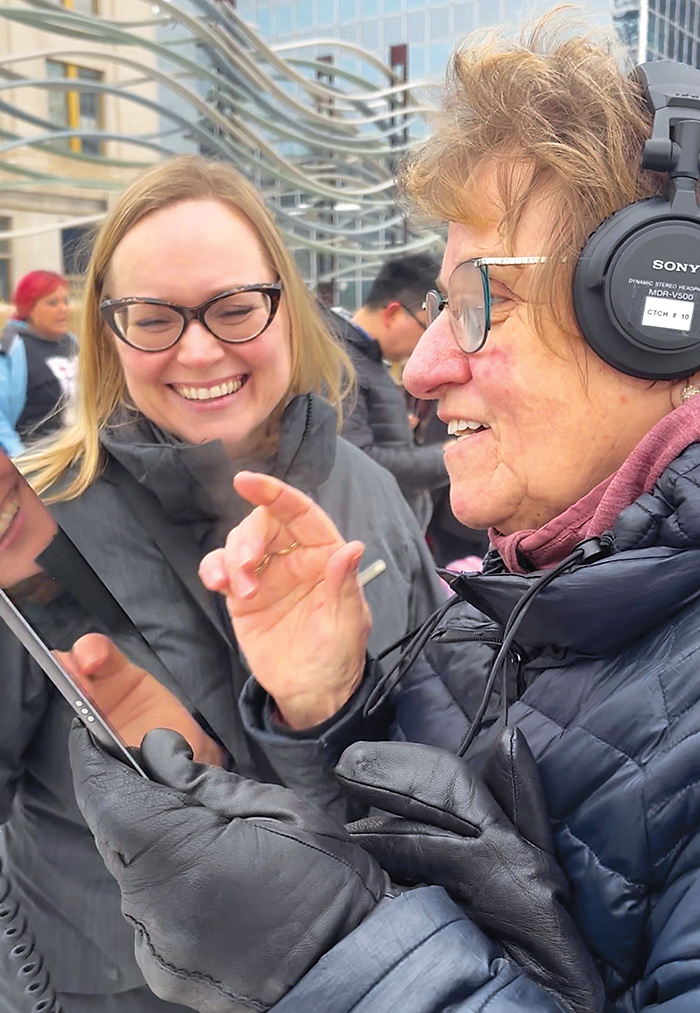

How did you know that you wanted to pursue a degree in technology?
Growing up I had a lot of opportunities to play around with technology in a creative way. In high school there are commercial media classes and photography classes I took and enjoyed, while also really loving math and science. I just wanted to find a program that combined the two things.
I also think the art programs I participated in when I was younger were a huge influence on my creative side. I volunteered with the Moosomin and District Arts Council for a couple years, I was part of Creative Vision Productions (CVP) for like 10 years, I participated in music festivals, high school drama and drama festivals, school and community choir, community band, and had the opportunity to paint a mural for the Moosomin Community Theatre. All of these small town organizations and opportunities that promote creative expression are what led me to do the same in Regina and wherever I end up next.
Explain what Creative Technologies is—is the focus more on the creative side, the actual programming and coding, or both?
It is a bit of both. I would say a lot more is on creative practice and learning how to use different software. To name a few examples, it is a lot of photography, video making, editing, those sorts of things as well as building video games, augmented reality, virtual reality, there is creative coding as well—that is kind of the program inside. There is audio design as well, those sorts of things. It is finding ways to use technology in creative ways. It can be sometimes confusing because it is a newer program.
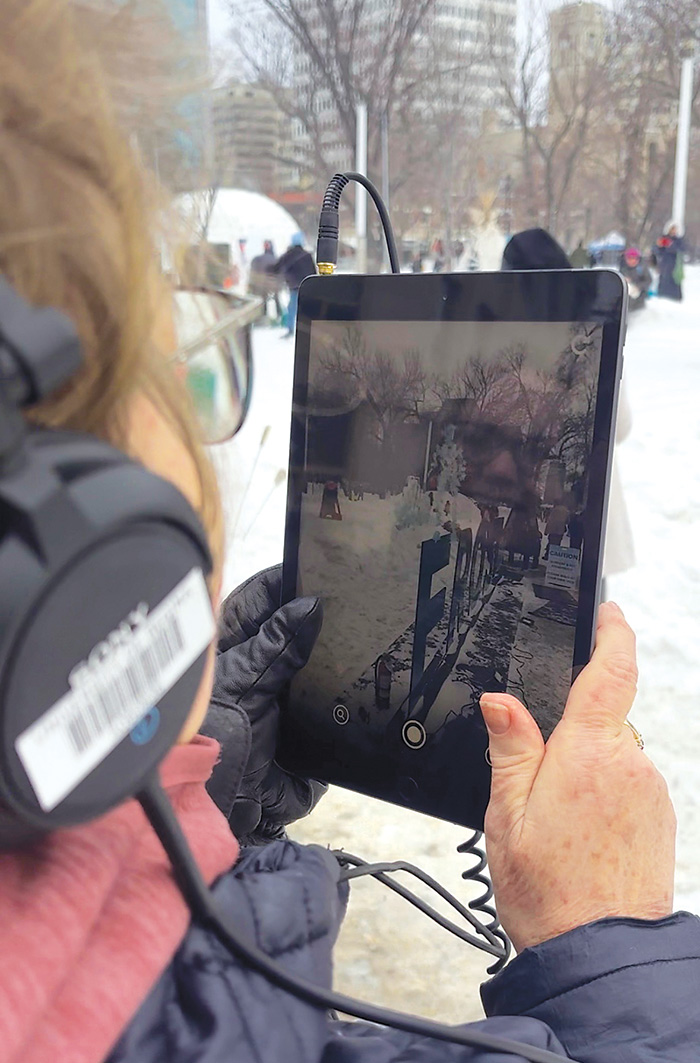

What about computer science interests you?
I love logic puzzles and those sorts of things. Computer Science is all about problem-solving, and you get to make things using computers and coding to build stuff, so that is really cool, and technology is everywhere, it is so useful and productive. I can’t think of a single field that doesn’t use technology or computers in some way. It is impactful.
Did you always know you were going to take computer science?
When I was younger, I thought I was going to be a movie director. Then, when I started university, I was thinking creative technologies and then maybe go into education and then I took some of the more programming-heavy C-tech classes and I really liked that, so then I got into computer science and now I am currently doing my master’s right now. My thesis and current research is on artificial intelligence networks and models. I will see where a career in academia takes me.
What are your plans after your degree? What can you do with a computer science degree?
There are all sorts of things you can do with a computer science degree. You can do programming and development, you can work in IT, you can work in data—building and clearing databases, there are AI teams, tech teams, different companies, there are Tech Start-ups—those are companies that are just starting, and it usually means there will be apps, websites, and software. There are all sorts.
Right now, my plan is to do my Master’s and then when I am done that do my PhD and become a professor for computer science or creative technologies. I am doing my Master’s for a year and a half. After that I’ll see where I am at and if I want to work for a bit or see what opportunities there are when it comes to my PhD, like which university and what funding is available.
What kept you so interested you wanted to continue into your Master’s degree and look toward a PhD?
I really love research. I did a couple research terms during my undergrad and during that I got a paper published which was really cool. I really love research, experimentation, and exploring different ideas and seeing what I can come up with and I also—obviously with my mom being a high school principal—education is so important to me, and I would love to be an educator like her. That sums up the role of a professor, you can do research and teach, and I love both of those things.
Tell me about your AR exhibit at FROST.
My AR (Augmented Reality) exhibit is called Frosty Sports and I made it during a class last semester called Augmented Reality, Clinical Theory, Arts and Activism. The course was all about building things using augmented reality and what kind of message you can send with these projects.
Frosty Sports was presented in Victoria Park during the Regina FROST Winter Festival this January. Basically, you could go to Victoria Park and scan a QR code, download an app, then it brings up this display that is right beside the rink that was put up inside Victoria Park and it has options to see different figure skating tricks, and then when you click the different figure skating tricks, I animated some snowflakes that would blow together and outline a figure of a human doing the figure skating tricks. It was really cool, and it definitely uses the space around you, which is an important part of augmented reality—you have to be intentional with the space. The Saskatchewan Sports Hall of Fame is actually along the perimeter of Victoria Park, so alongside my display I also listed the names of the people inducted for figure skating in the Saskatchewan Sports Hall of Fame and you could click them and learn about them.
It allows people who might not know how to skate, or are scared to get on the ice, to interact with the rink and learn about figure skating and winter sports through augmented reality.
Why did you choose figure skating as the concept behind your Frosty Sports?
I grew up figure skating, so I know quite a bit about the sport. I skated with the Moosomin Skating Club. I wanted to do something winter sports or winter-themed because it was for the FROST festival and I had planned—the reason why it is called Frosty Sports and not Frost Skating or something like that—to extend it so it could be a hockey exhibit, a curling exhibit, a skiing exhibit, but I only had so much time in class and so I had to start small and learned it all from scratch and figure skating is the closest one to my heart and the one I have the most knowledge of, so I started with it.
What was the reaction to the AR installations that were part of the FROST festival?
There was actually one day during FROST festival that I went with my classmates, and we brought iPads to invite people to try out the exhibit.
People thought it was very cool and futuristic, impressive, those are the kind of things they said. They overall thought it was neat and that was the point of it, to be fun, be entertaining, and add to the number of things you can do at FROST festival.
Did this spark an interest in AR and are there other projects you are working on?
I plan on extending Frosty Sports to offer more sports and then maybe submit it again into FROST next year, but I don’t have any other plans on different projects, it will just depend on opportunities that arise.
I definitely want to keep using AR and animations in my future.
Tweet
